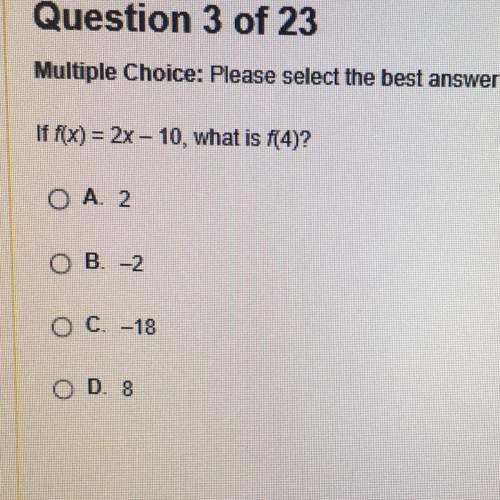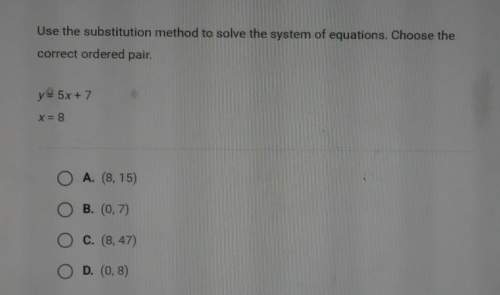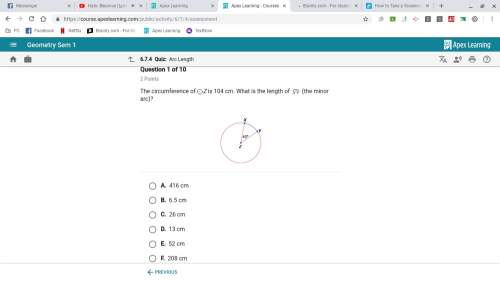
Mathematics, 03.12.2019 21:31 Alex4530
An urn initially contains two black balls and two white balls. the following experiment is repeated indefinitely: a ball is drawn from the urn; with probability a, the color of the ball is changed to the other color and is then put back in the urn, otherwise it is put back without change. let xn be the number of black balls in the urn after n draws from the urn.
(a) is xn a markov process? if so, find the appropriate transition probabilities.
(b) do the transition probabilities depend on n?
(c) repeat part a if a 1. what changes?
(d) repeat parts a and c if the urn contains k black balls and k white balls.

Answers: 2


Other questions on the subject: Mathematics

Mathematics, 21.06.2019 13:20, alexabessin
What additional information could be used to prove that δxyz ≅ δfeg using asa or aas? check all that apply. ∠z ≅ ∠g and xz ≅ fg ∠z ≅ ∠g and ∠y ≅ ∠e xz ≅ fg and zy ≅ ge xy ≅ ef and zy ≅ fg ∠z ≅ ∠g and xy ≅ fe
Answers: 2


Mathematics, 21.06.2019 20:30, Cheyenne8694
Stacey filled her 1/2 cup of measuring cup seven times to have enough flour for a cake recipe how much flour does the cake recipe calls for
Answers: 2

Mathematics, 21.06.2019 23:00, erbnichole
Graph the system of equations on your graph paper to answer the question. {y=−x+4y=x−2 what is the solution for the system of equations? enter your answer in the boxes.
Answers: 1
You know the right answer?
An urn initially contains two black balls and two white balls. the following experiment is repeated...
Questions in other subjects:

Computers and Technology, 02.10.2020 14:01


Mathematics, 02.10.2020 14:01

Social Studies, 02.10.2020 14:01




English, 02.10.2020 14:01


English, 02.10.2020 14:01






